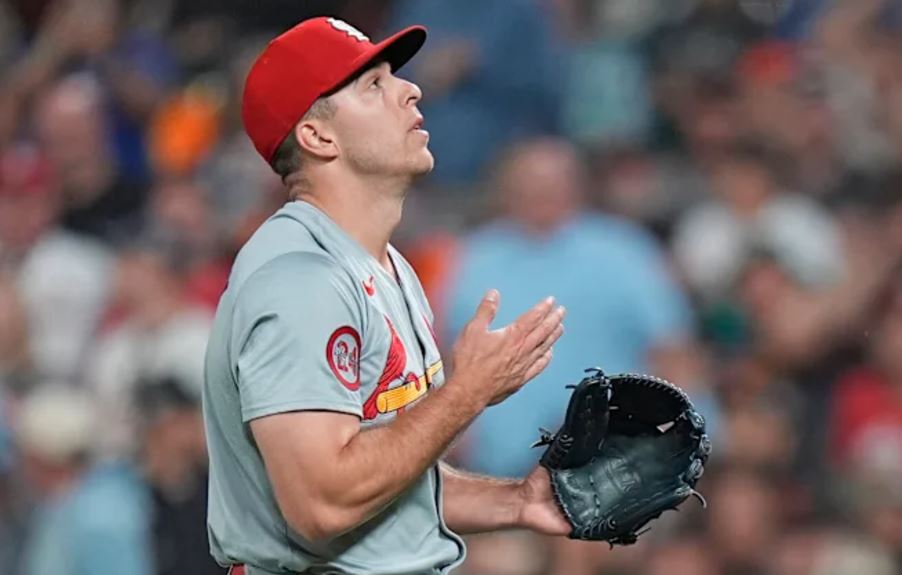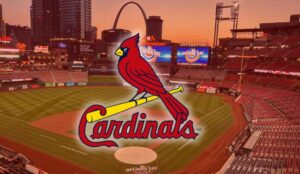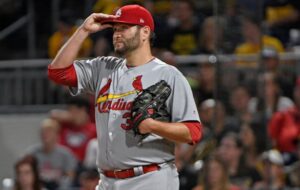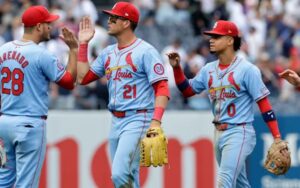
For much of the season, Ryan Helsley has been at the center of trade speculation surrounding the Cardinals—and for good reason. After a stellar year in which he racked up 49 saves, the offseason seemed like the ideal window to move him while his value was at its peak.
Now, to be clear, this isn’t another argument for why St. Louis should’ve pulled the trigger on a Helsley deal—you’ve heard that take enough times already. Instead, it’s worth digging into where things stand with him as we approach the midseason mark.
Helsley recorded the save in Game 1 of yesterday’s doubleheader with a smooth, three-up, three-down performance. But despite that clean outing, he’s been shaky in June, and currently holds a 3.81 ERA. While 14 saves is a solid tally, that ERA is a touch high for a closer, especially one being touted as a potential elite trade asset.
It’s not panic-worthy, but it does raise the question: did the Cardinals miss their window to maximize his value? Or is Helsley simply going through a rough patch and due to settle back in as one of baseball’s most reliable late-inning arms? Either way, how he performs over the next few weeks could have a big impact on his future—and on the Cardinals’ strategy heading into the trade deadline.
At this point in the season, it’s hard to argue that Ryan Helsley still holds the title of the Cardinals’ most valuable trade chip. His performance has been solid, but not dominant—especially in June—and the regression many expected has started to show. Relievers are notoriously unpredictable, and even one hiccup can ding their trade stock. While Helsley’s 14 saves still hold weight, his 3.81 ERA doesn’t scream “elite closer” in trade negotiations, especially when the market is flush with late-inning arms every July.
That said, Helsley’s value hasn’t disappeared—he’s still a proven, controllable bullpen arm. But he’s no longer the headline act.
Enter Phil Maton.
Maton has quietly become the most attractive piece in the Cardinals’ bullpen. His scoreless eighth inning in Game 1 of the doubleheader lowered his ERA to a sparkling 1.98, and he’s shown the kind of consistency that contenders covet in high-leverage playoff spots. While Maton lacks Helsley’s All-Star pedigree, he fits the mold of the type of rental reliever teams pay big for in July. We saw it just last year—teams were giving up premium prospects for late-inning arms with far less dominance than what Maton’s shown this season.
Right now, it makes more sense to build a deadline plan around Maton. If he keeps pitching at this level, the Cardinals could net a legitimate return—potentially headlined by young arms to restock the farm system. Holding onto Helsley while his value is dipped isn’t the worst play either, especially with his track record and potential to bounce back.

Bottom line: five games over .500 isn’t a strong enough position to go all-in. Selling smartly—starting with Maton—gives the Cardinals a chance to retool without fully tearing it down. The window to maximize Helsley may have passed, but the opportunity to capitalize on Maton is wide open.





